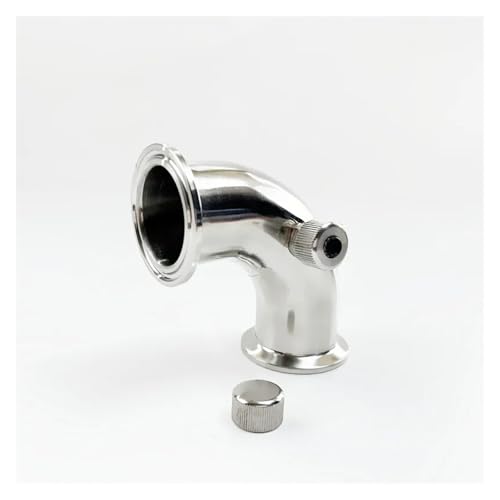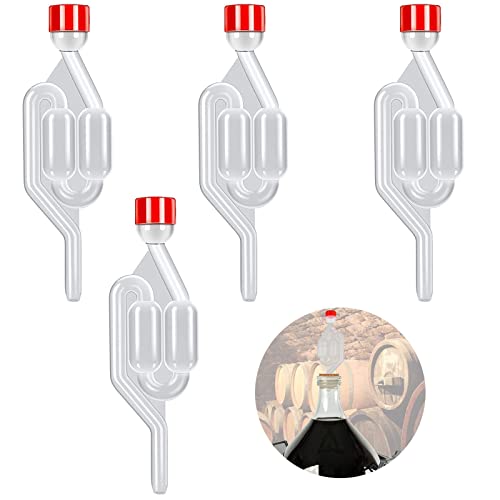I've heard about this 'balancing lines' business - is that what I need to do here, or am I doing something else wrong, e.g. over-carbonating?
I'm conditioning my bitter in a Corny under 20psi of external CO2. The problem is that when I drawing off a bit for 'testing' purposes (with a Pluto beer gun) I get 60-80% foam. When this settles out after a minute or two I get more like 30% foam and the beer itself seems fine - just a few bubbles on the tongue which is just right as far as I'm concerned.
What I do is turn off the gas, and vent the PRV. Then I pull the trigger on the beer gun (nothing comes out of course) and open the cylinder just a crack... This results in a nice slow pour, but I can see the beer changing to foam inside the liquid line and that's what it's like when it comes out of the tap. I can get a very nice pint by over-filling and letting the foam overflow, but it seems pretty wasteful...
Help...?!
I'm conditioning my bitter in a Corny under 20psi of external CO2. The problem is that when I drawing off a bit for 'testing' purposes (with a Pluto beer gun) I get 60-80% foam. When this settles out after a minute or two I get more like 30% foam and the beer itself seems fine - just a few bubbles on the tongue which is just right as far as I'm concerned.
What I do is turn off the gas, and vent the PRV. Then I pull the trigger on the beer gun (nothing comes out of course) and open the cylinder just a crack... This results in a nice slow pour, but I can see the beer changing to foam inside the liquid line and that's what it's like when it comes out of the tap. I can get a very nice pint by over-filling and letting the foam overflow, but it seems pretty wasteful...
Help...?!








































![BREWING THERMOMETER STICKERS ACCURATELY MONITOR FERMENTING BEER & WINE LIQUID TEMPERATURES 5PCS HOME BREW SPIRITS WINE LCD ADHESIVE [US]](https://m.media-amazon.com/images/I/311DDjo2X3L._SL500_.jpg)

